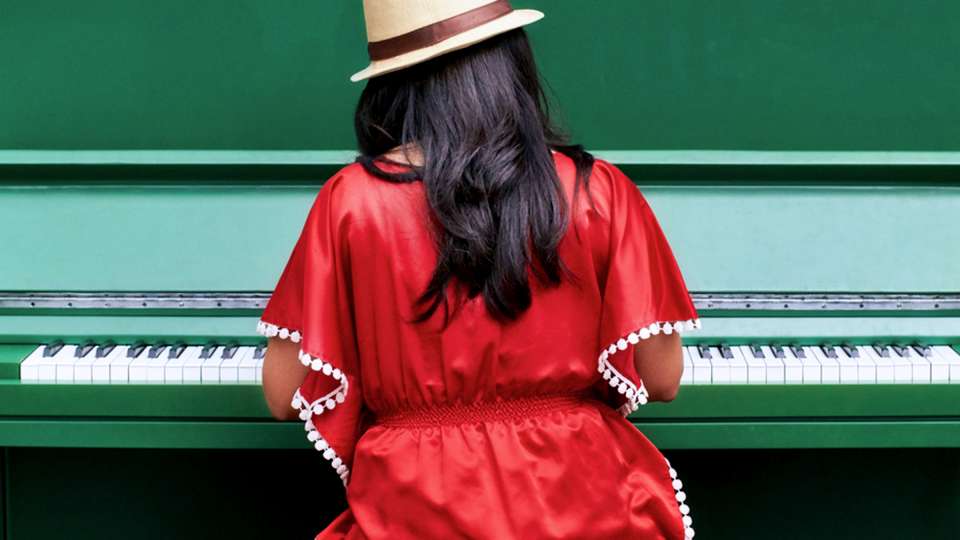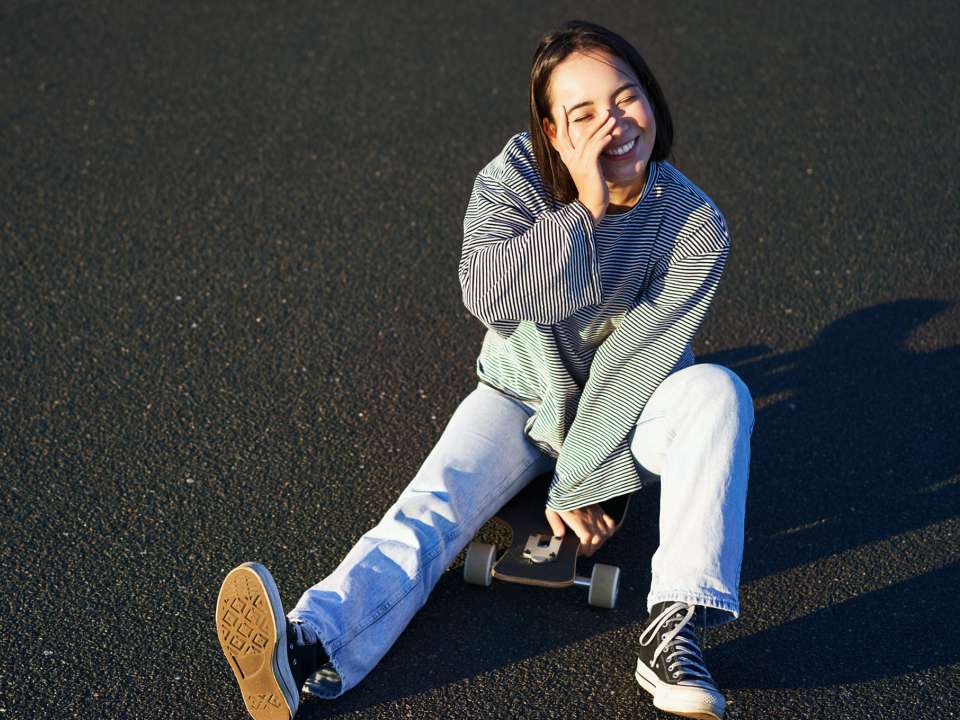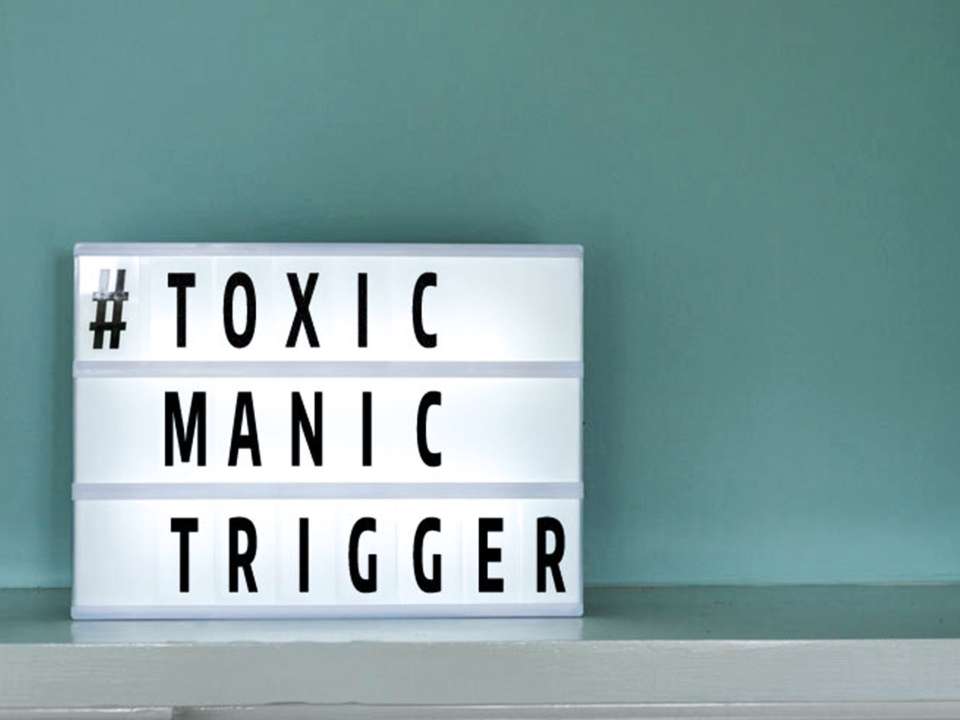Feeling Stressed or Lonely? Here’s How Practicing Art and Music Can Help

Whether you are staying at home with an abundance of time on your hands or you are an essential worker trying to practice self-care while keeping your community afloat, navigating life during the COVID-19 pandemic is hard.
And it’s totally understandable if you feel anxious, scared or lonely — just know that you’re not alone.
From neighborhood teddy bear scavenger hunts to making joyful noises, people around Seattle and the nation are finding creative, physically distant ways to connect.
One easy way to ward off loneliness and boost your well-being?
Practice and enjoy art or music.
“Everyone needs some creative therapy to help with not only the stress of their day-to-day jobs, but to fill up their own wells during this difficult time,” says Gayle Cloud, a neurologic music therapist in the Arts in Healing program at University of Washington Medical Center.
Here, Cloud, joined by the Arts in Healing program director Karen Neuhard-Forsythe and art therapist Amie Wicklund, shares ways to bolster your sense of community, resilience and hope by incorporating art and music into your daily routine.
Play around to find what you enjoy
Exploring different kinds of art and music is both therapeutic and fun.
That old guitar that’s been sitting in the back of your closet? Pull it out and try your hand at strumming a few chords. Those paintbrushes and art supplies? Use them to experiment with different strokes and colors — or dive in with some good old-fashioned finger painting.
You can also print out adult coloring book pages or mandalas and grab some colored pencils for a meditative project.
And when in doubt, all you need is a pencil and some scrap paper to doodle, write or journal. Even journaling for five to 10 minutes a day can have positive impacts, Cloud says.
Not sure what to write?
Try journaling about what you are grateful for each day. Or flex your imagination and work on a short story, haiku poem or limerick.
Whatever you decide, try not to put pressure on yourself to produce Louvre-worthy pieces or the next great American novel; instead, explore different mediums and enjoy the actual process of creating.
Take advantage of online resources
Staying safe at home doesn’t have to stop you from making and enjoying art.
Take to the internet for a plethora of videos on how to do everything from tuning your instrument to hitting that high note to painting those happy little clouds.
You can also virtually visit museums, watch online operas and plays and listen to recorded concerts. Several artists are even doing live concerts on their social media platforms, and the Seattle-based radio station KEXP is hosting live concerts and podcasts.
For spoken word, check out an audiobook from the library’s online collection or search for videos of authors reading their books and poems.
Make it a (physically distant) group project
If you have roommates or live with your family, encourage everyone to collaborate on a project.
You can do a karaoke night or dance party in your living room, cook a yummy meal together or cut up old magazines to make a collage.
If you live alone, utilize video chats for a jam sesh or sing-along with friends. And if you prefer visual to performance art, try a virtual sip and paint or use a shared online document to write a story together.
Cloud also recommends creating art pieces and sending them to your loved ones, which is a great way to spread some positivity and feel closer to those you can’t meet up with in person.
No matter what you choose, creating music or art with loved ones — whether in person or via video chat — can increase your sense of community.
A few minutes is all you need
Starting a time-consuming creative project may not be accessible for everyone — especially essential workers.
Luckily, even small actions can have a positive impact.
“Start a daily ritual that you can rely on each day at the end of your shift,” Cloud says. “This could be starting a mandala journal or maybe creating a magic wand that you wave over yourself as a way to transition from your role as a provider to your personal life at home.”
Allowing yourself just a few minutes to take some deep breaths, listen to a favorite song or jot down how you’re feeling can greatly improve your mood and resilience.
At the end of the day, you don’t have to be Michelangelo or Mozart to enjoy the mood-boosting benefits of art and music. Whether it’s a wine-and-painting video chat with friends or a colleague sharing their favorite podcast, a little bit of art or music can go a long way in making us all feel more connected.
The info in this article is accurate as of the publishing date. While Right as Rain strives to keep our stories as current as possible, the COVID-19 pandemic continues to evolve. It’s possible some things have changed since publication. We encourage you to stay informed by checking out your local health department resources, like Public Health Seattle King County or Washington State Department of Health.

 Healthy ideas for your inbox
Healthy ideas for your inbox





